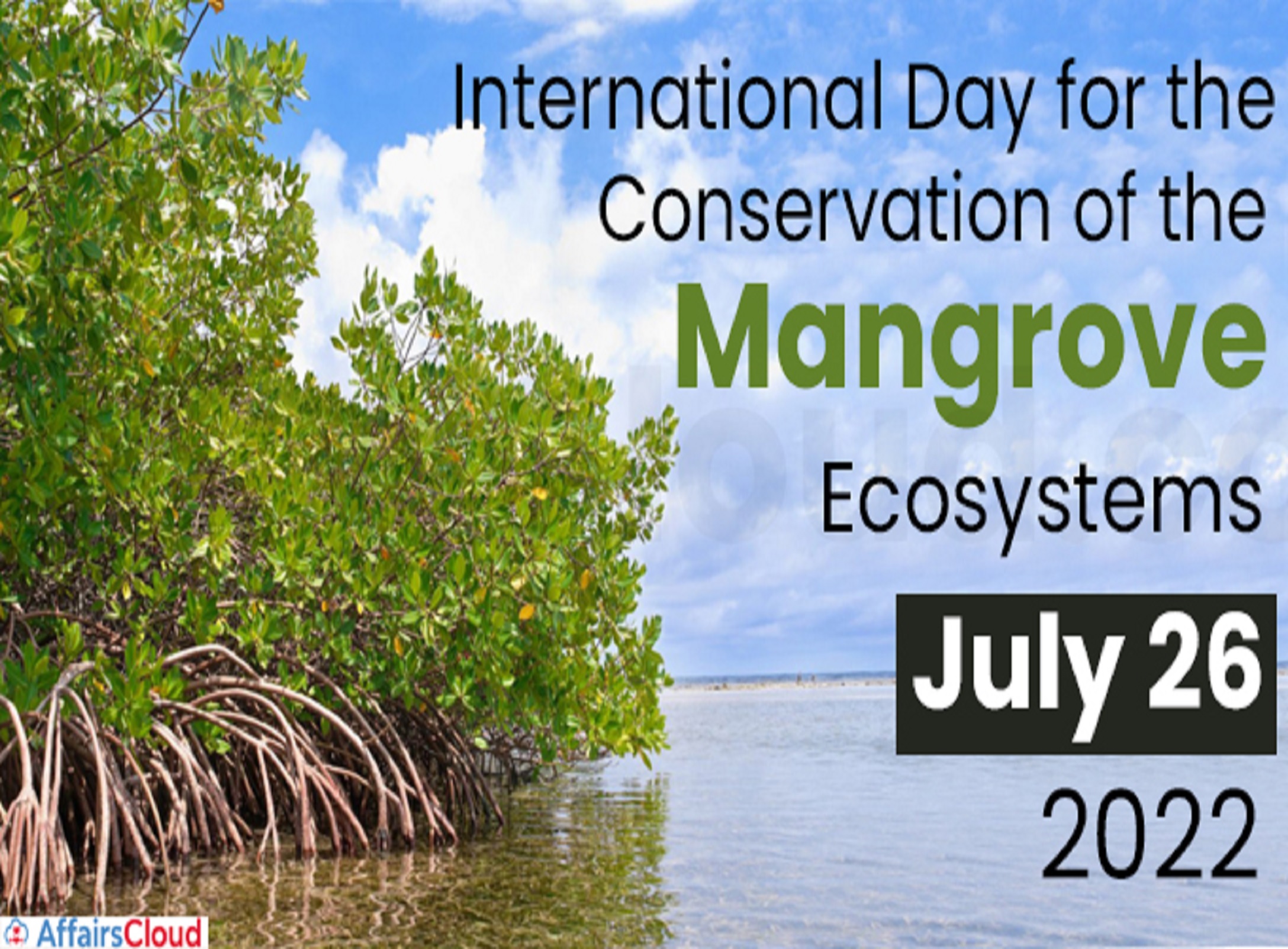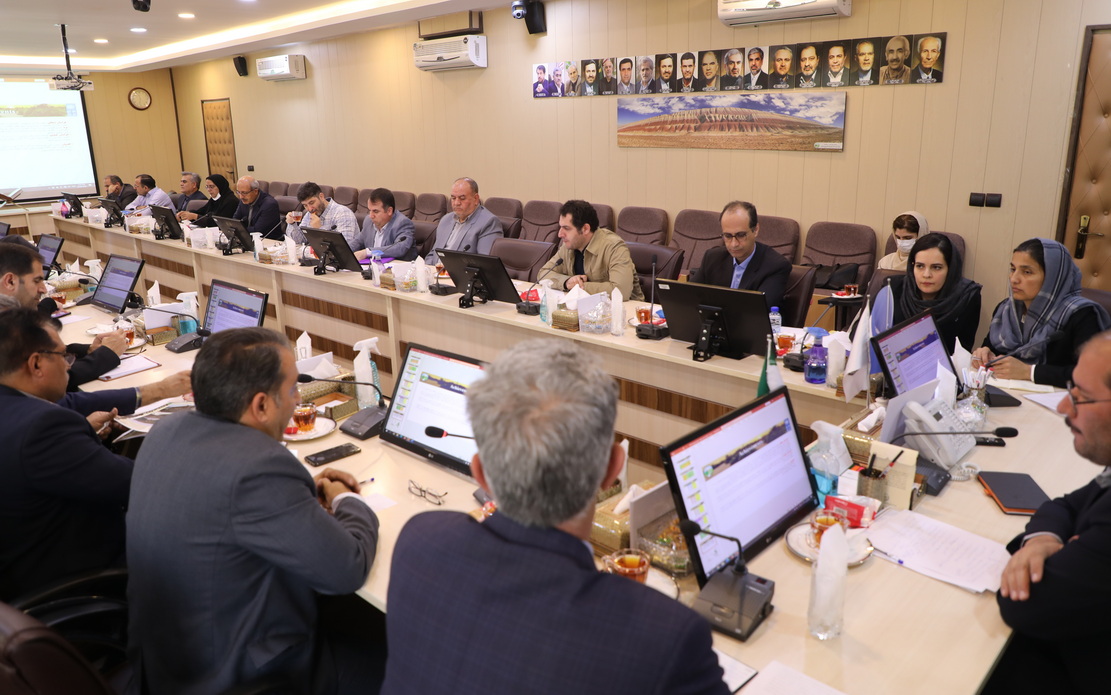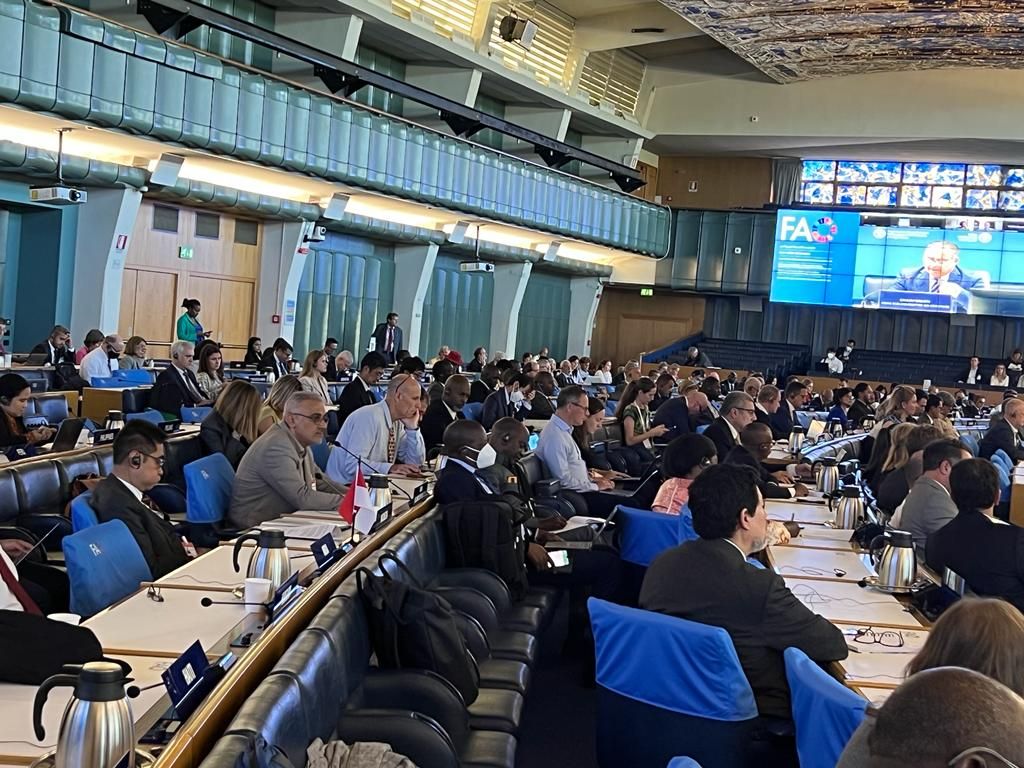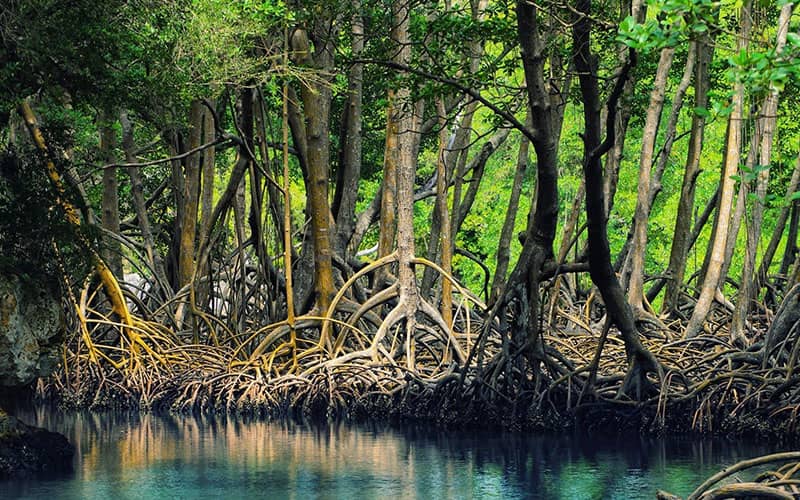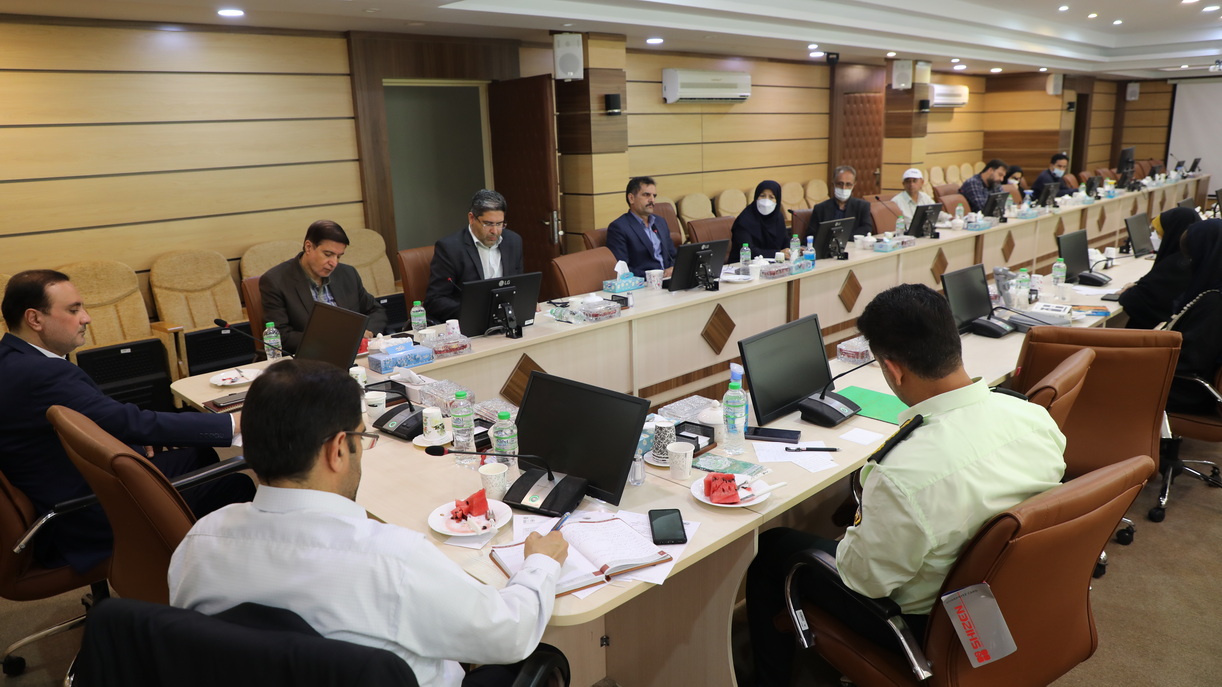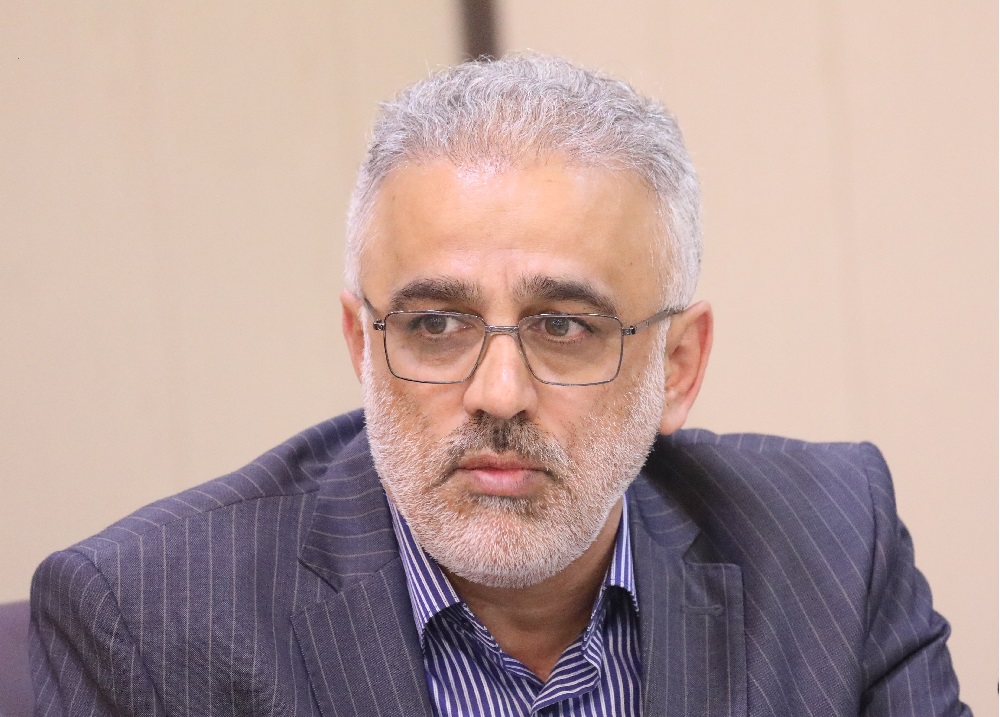Iran in a Glance
Iran in a glance Iran is located in the southern part of the northern hemisphere on the arid belt of the world with a land area of 1.64 million km2. Iran is bordered by Turkmenistan, Caspian Sea, Azerbaijan, and Armenia in north, Afghanistan and Pakistan are on Irans eastern border, the Persian Gulf and the Sea of Oman in the south and Iraq and Turkey in the west. Two major mountain ranges affect its climate; the Zagros in the west and the Alborz in the north. Most humid clouds that come from the west are prevented from reaching central, eastern and southern parts by these mountain ranges, so the central and southern lowlands and eastern parts of the country receive very little precipitation. As the result, approximately 65 percent of the territory has an arid or hyper arid climate with the mean annual rainfall about 210 mm. The peculiar features and location cause the country to receive less than a third of world average precipitation except the Caspian plain that receives more than 1000 mm of rain annually. Due to low and unevenly distributed precipitation in these areas, most rivers are seasonal and their flows depend heavily upon the amount of rainfall. If rainfall is above average, flash floods are common. However, Iran’s topographic and climatic variations and edaphical conditionshas created different land uses and a unique collection of more than 8 thousand plant species including shrub and tree species. Iran is divided into 8 major climatic regions. However, the humid climatic region may be further divided into 6 sub-regions thereby creating 13 climatic regions in total. The diversity of climate allows for a variety of agricultural and aquatic products including the growing of citrus fruits, rice, and tea in large parts of the northern region and pistachios and dates in central and southern parts of the country as well as tropical fruits such as bananas and mangos. In cooler climates of the mountain ranges grapes, almonds and apples are produced. There is a good potential for further development of agriculture and aquaculture in most parts of Iran, especially in the northern and southern regions. Objectives Objectives: NRWO is a state agency responsible for natural resources management that comprises of four departments and six independent bureaus as well as a high council and a natural resources guard, with 32 natural resources administrations or General Directorates at provincial level. These four departments are as follows:
1- Forest Affairs Department Vision Conservation, restoration, sustainable development and exploitation of forests, rangelands, wooded lands, coastal areas and soil and water conservation based on sustainable development approach and through integrated watershedmanagement. Mission - Formulation of policies and strategies for natural resources and integrated watershed management as well as implementation of development programs for natural resources and watershed management within the goals of sustainable development. - Conservation, protection and sustainable utilization of forests, rangelands, deserts and watershed basins throughout the country. - Determination and delineation of public and private lands to secure the state sovereignty over national property. - Study the watersheds throughout the country aimed at planning and formulating integrated plans and implementation of natural resources and watershed management projects. - Development of timber cropping and man-made forests and rangelands and restoration of degraded forests and rangelands, with emphasis on genetic resources and biodiversity conservation. - Improvement of efficiency of executive activities through optimum planning and monitoring. - Optimization of production and exploitation systems of natural resources and watershed management, using indigenous knowledge. - Mobilization of public participation of individuals and legal entities in natural resources and watershed management activities. - Formulation, commissioning and updating of natural resources and watershed management communication system aimed at boosting public awareness and developing a culture that respects natural resources. - Development of management and human resources aimed at enhancing organizational productivity and effectiveness. History History Forestry dates back to antiquity in Iran. In 1823, the Ministry of Public Benefits was established, which marks the governments initial attention to natural resources management in Iran in early modern times. The ministry, in 1905, set up a bureau with the title of "Roads, Railways and Forests Bureau" mandated to manage forests and conserve natural resources throughout the country. The bureau evolved constantly in many ways since then. In 1972, Forests and Range Organization (FRO) was established by the Parliament under the Ministry of Agriculture aimed at protection, conservation, reclamation, development and utilization of forests, rangelands, forested lands, natural woods and coastal areas. In 2002, Forest, Range and Watershed Management Organization (FRWO) was officially formed upon the transfer of watershed management department from Ministry of Agriculture to Forest and Range Organization (FRO), pursuant to the Merger Act, mandated to manage all public lands covered by the Forest and Rangeland Nationalization Law. Later on in 2022, the name of the organization changes to Natural Resources and Watershed management Organization ( NRWO) without any changes in mandates. NRWO is the governmental agency under Ministry of Agriculture- Jahad, responsible for setting guidelines, planning and enforcing policies, legislation and regulations pertaining to land use, forestry, range management, desertification control and watershed management. The first modern forest management plan was formulated and implemented in the Caspian area in 1959. Forestry plans covered only limited areas until 1963, when nationalization of forests led to the preparation of forestry plans for wood production on a large scale. The dominant silvicultural method used at that time in forest management plans was Shelter Belt system coupled with clear-cutting aimed at producing even-aged and pure stands to meet the industrial needs for wood. In the next six decades afterwards, considerable progress was made in silvicultural methods especially with the introduction of "Close-to-Nature Forest Management" and "Multi-Purpose Forestry" about two decades ago that emphasizes single tree selection, reduction of wood harvest, biodiversity conservation and ecosystem services. However, despite of all new silvicultural methods introduced by NRWO to control heavy burden of exploitation in harmony with natural capacity in terms of regeneration and ecosystem services of the Caspian forests, the trend of deforestation continued unabatedly. This prompted the Government to introduce a temporary ban on forest harvesting operations in the Caspian forests aimed at reversing degradation trend through conservation, restoration reforestation and plantation measures.
|


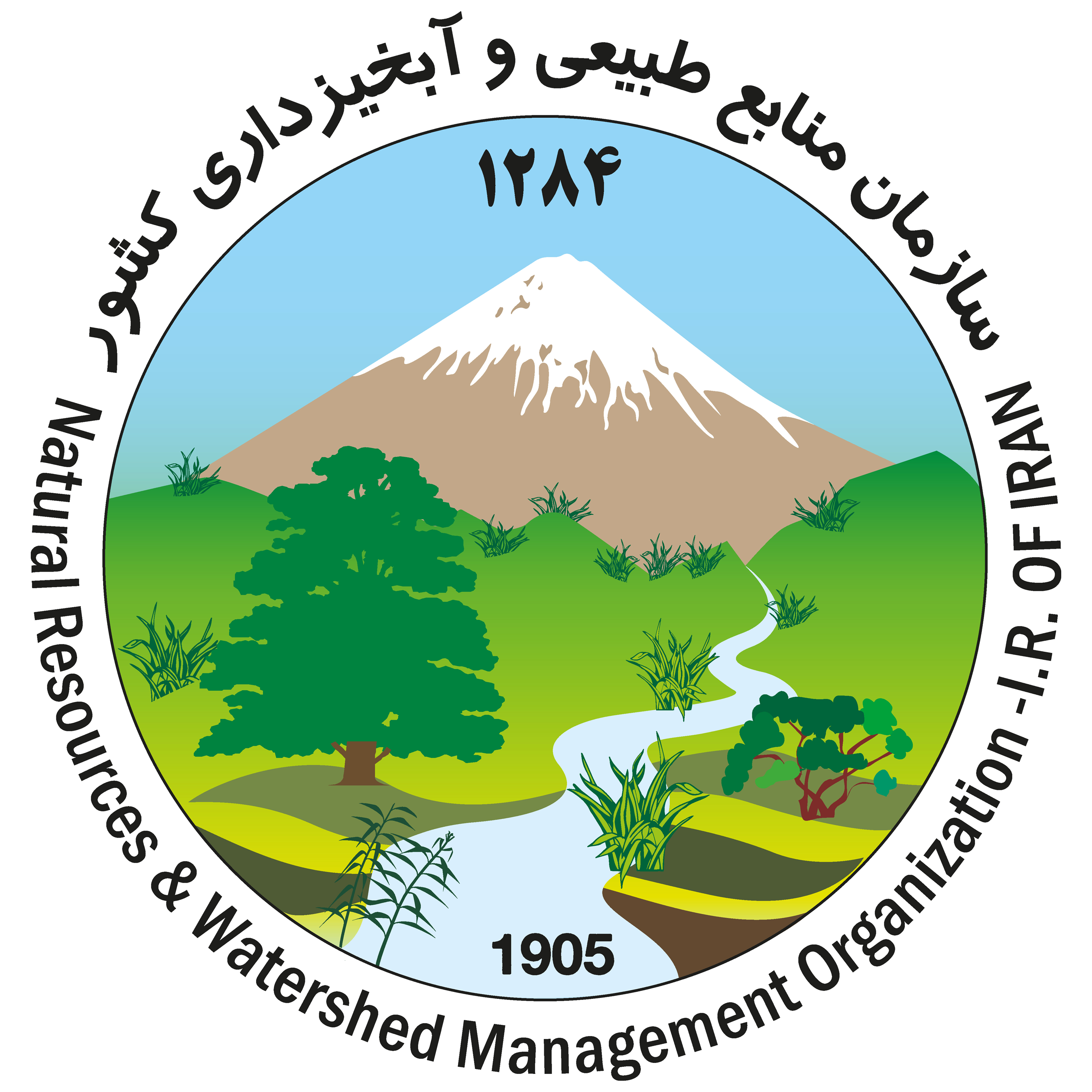

.png)


